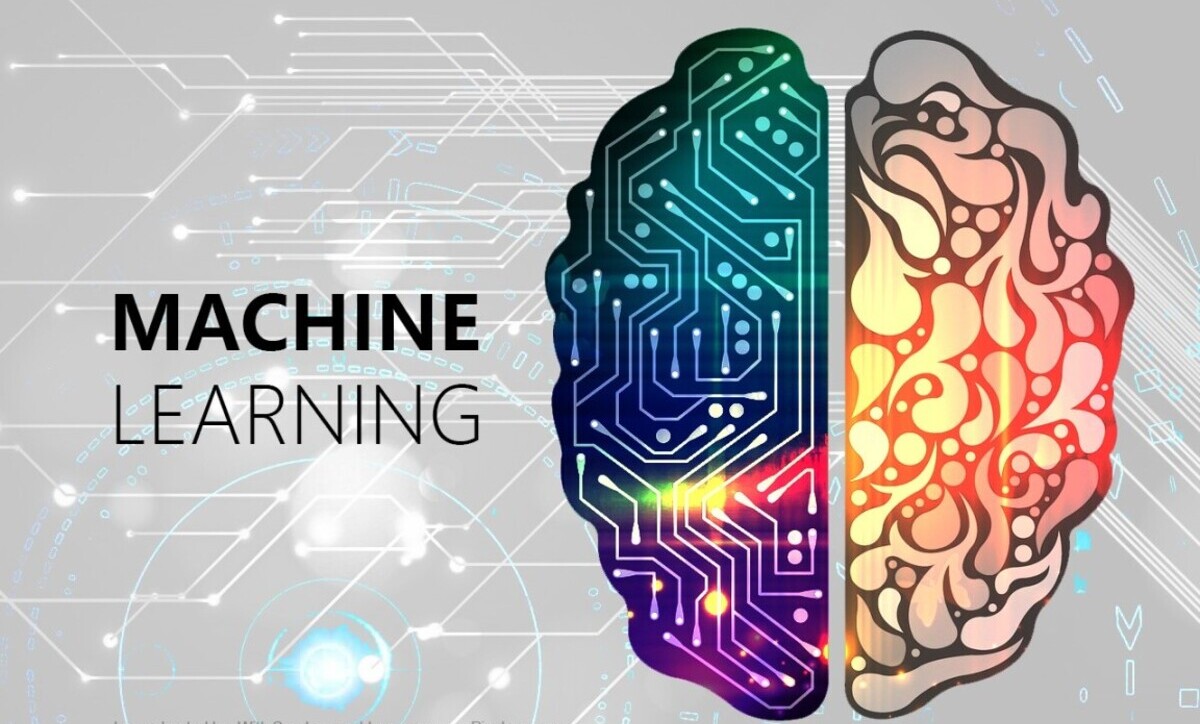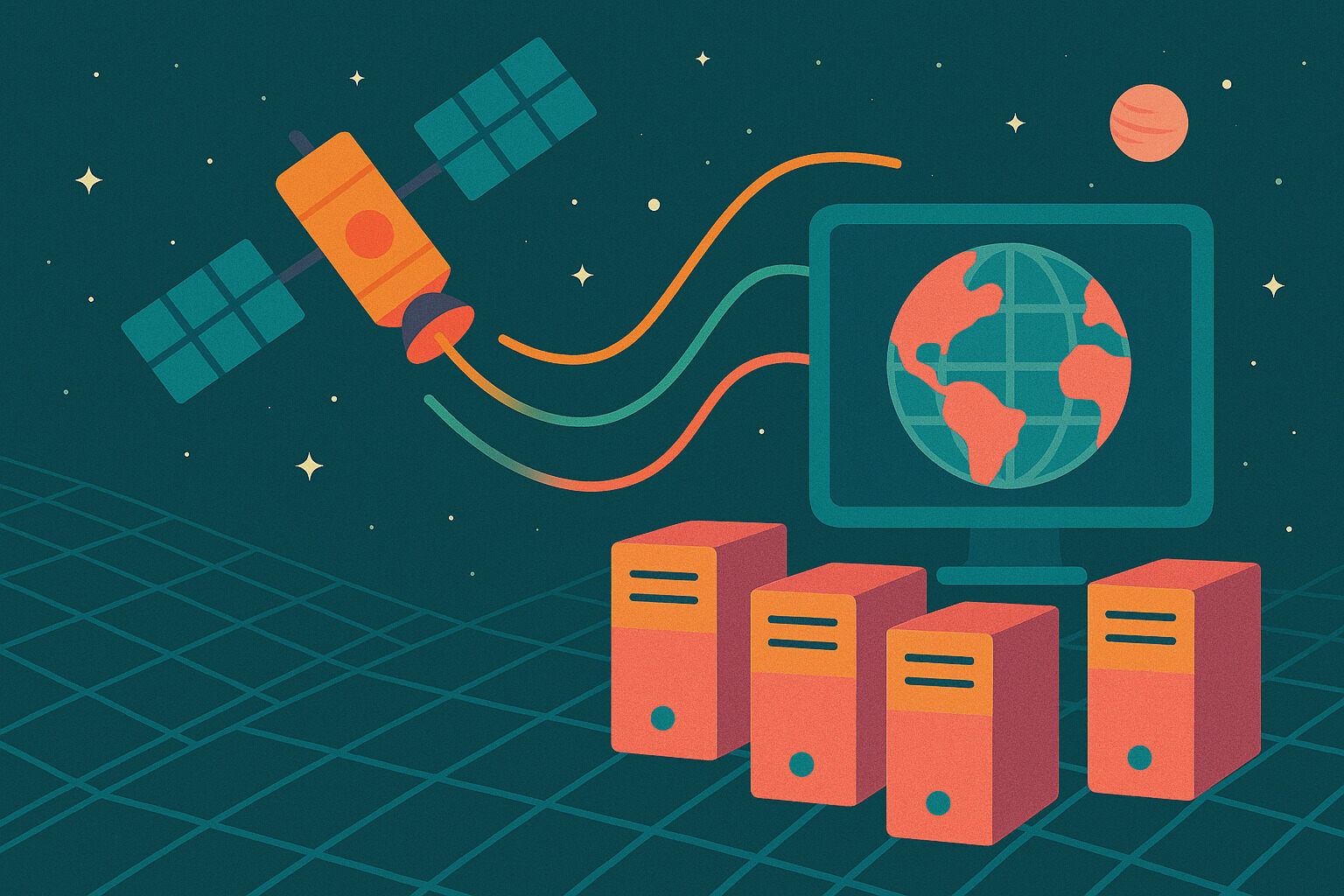Accelerating AI Training with Distributed Computing
Artificial intelligence (AI) and machine learning (ML) models require vast amounts of data and computational power to deliver accurate predictions and insights. Traditional single-system computing environments often struggle with the demands of deep learning models, leading to long training times and increased costs. Grid computing offers a practical solution by distributing these workloads across multiple networked computers, significantly speeding up the process.
By leveraging grid computing, researchers and businesses can train AI models faster without the need for expensive supercomputers. This method enables multiple machines to work on different parts of an AI model simultaneously, ensuring efficient resource utilization. It also makes AI more accessible by allowing organizations to use existing infrastructure rather than investing in high-end hardware.
This article explores how grid computing enhances AI and ML training, the key benefits it offers, and the challenges organizations must address when implementing this approach. Whether for academic research, healthcare advancements, or financial modeling, integrating grid computing with AI opens new possibilities for innovation.
Why AI and Machine Learning Demand High Computational Power
AI and ML models rely on large datasets and complex algorithms that require substantial processing capabilities. The more data a model processes, the more accurate its predictions become. However, training deep learning models, such as neural networks, requires millions or even billions of computations, making efficient processing critical.
One of the biggest computational challenges in AI training is matrix multiplication. Neural networks involve layers of interconnected nodes, each performing mathematical operations on vast amounts of data. This process is computationally intensive, leading to long training times when using conventional computing methods.
Additionally, AI models often require multiple iterations, adjusting their parameters each time to improve accuracy. This iterative process, known as backpropagation, further increases computational demand. Without distributed computing, training large-scale AI models can take days, weeks, or even months, limiting the speed of innovation.
How Grid Computing Optimizes AI Training
Grid computing enhances AI training by distributing workloads across multiple computing nodes. Instead of relying on a single machine, grid computing networks share processing power, memory, and storage, making large-scale AI computations more manageable.
One of the most significant advantages is parallel processing. Grid systems divide complex tasks into smaller subtasks, which are then executed across multiple machines simultaneously. This reduces the overall training time and ensures that AI models process data more efficiently.
Another benefit is fault tolerance. If one node in a grid computing system fails, the remaining nodes continue functioning, preventing workflow disruptions. This reliability is crucial for AI applications that require continuous model updates, such as autonomous driving systems and real-time fraud detection.
Key Benefits of Using Grid Computing for AI and ML Models
The combination of grid computing and AI provides several advantages, including improved scalability, reduced costs, and faster training times. Organizations that implement this approach can scale their AI projects without being limited by hardware constraints.
Scalability is a crucial factor in AI development. As datasets grow, grid computing allows businesses to expand their infrastructure by adding more computing nodes instead of upgrading a single machine. This flexibility ensures that AI projects can handle increasing workloads without performance bottlenecks.
Cost efficiency is another major benefit. Instead of investing in expensive GPUs or cloud-based services, organizations can repurpose existing computing resources into a grid system. This approach reduces overhead costs while maintaining high processing power, making AI training more affordable.
Challenges of Training AI Models with Grid Computing
Despite its benefits, grid computing comes with its own set of challenges, particularly in synchronization, data transfer, and resource allocation. Managing distributed AI training requires careful coordination to ensure efficiency and accuracy.
One of the primary challenges is data synchronization. Since AI models rely on shared datasets, ensuring that each node has access to the most up-to-date information is essential. Any delay or inconsistency in data distribution can lead to errors in training outcomes.
Another issue is network latency. As AI models process large datasets across multiple nodes, slow data transfer speeds can reduce the benefits of grid computing. High-bandwidth network connections and optimized data-sharing protocols are necessary to mitigate these delays.
Implementing Grid Computing for AI Training
To effectively use grid computing for AI training, organizations must adopt the right infrastructure, software, and frameworks. A well-structured grid computing environment ensures smooth workload distribution and optimal performance.
The first step is selecting a suitable grid computing framework. Open-source platforms such as Hadoop, BOINC, and Globus Toolkit provide the necessary tools to manage distributed computing resources efficiently. These frameworks support parallel processing, data management, and security protocols, making them ideal for AI workloads.
Next, organizations should prioritize workload balancing. AI models require an even distribution of computational tasks to prevent any single node from becoming overloaded. Implementing intelligent scheduling algorithms ensures that resources are allocated efficiently, maximizing processing power.
Use Cases of AI Training with Grid Computing
Many industries benefit from integrating grid computing with AI, from healthcare to financial services and scientific research. This approach enables organizations to develop AI solutions that are faster, more accurate, and cost-effective.
In healthcare, AI-powered diagnostic tools require extensive data processing to identify patterns in medical imaging. Grid computing accelerates this process by analyzing multiple images simultaneously, reducing the time needed for diagnosis. This has been particularly beneficial in cancer detection and radiology.
Financial institutions also use AI models to detect fraud and assess risk in real-time. By distributing computational tasks across a grid, these models analyze transaction data at high speeds, identifying suspicious activity more efficiently than traditional systems.
Future Trends in AI Training with Grid Computing
As AI technology advances, grid computing will continue to play a significant role in training complex models. Emerging trends such as federated learning, quantum computing, and decentralized AI will shape the future of distributed computing for AI development.
Federated learning allows AI models to be trained across multiple decentralized devices without sharing raw data. This approach enhances privacy while benefiting from the distributed processing power of grid computing networks.
Quantum computing also holds promise for AI training. Although still in its early stages, quantum processors have the potential to outperform traditional computing methods, further enhancing AI model development. Integrating quantum capabilities with grid computing could lead to breakthroughs in deep learning and predictive analytics.
Building a More Efficient AI Training Infrastructure
Grid computing provides a scalable and cost-effective solution for training AI and ML models. By distributing workloads across multiple nodes, organizations can accelerate model development, reduce training times, and optimize resource utilization.
As AI continues to drive innovation across industries, leveraging grid computing will remain a crucial strategy for improving efficiency and computational performance. Businesses, researchers, and developers that adopt this approach will be well-positioned to advance AI technology while managing costs effectively.



